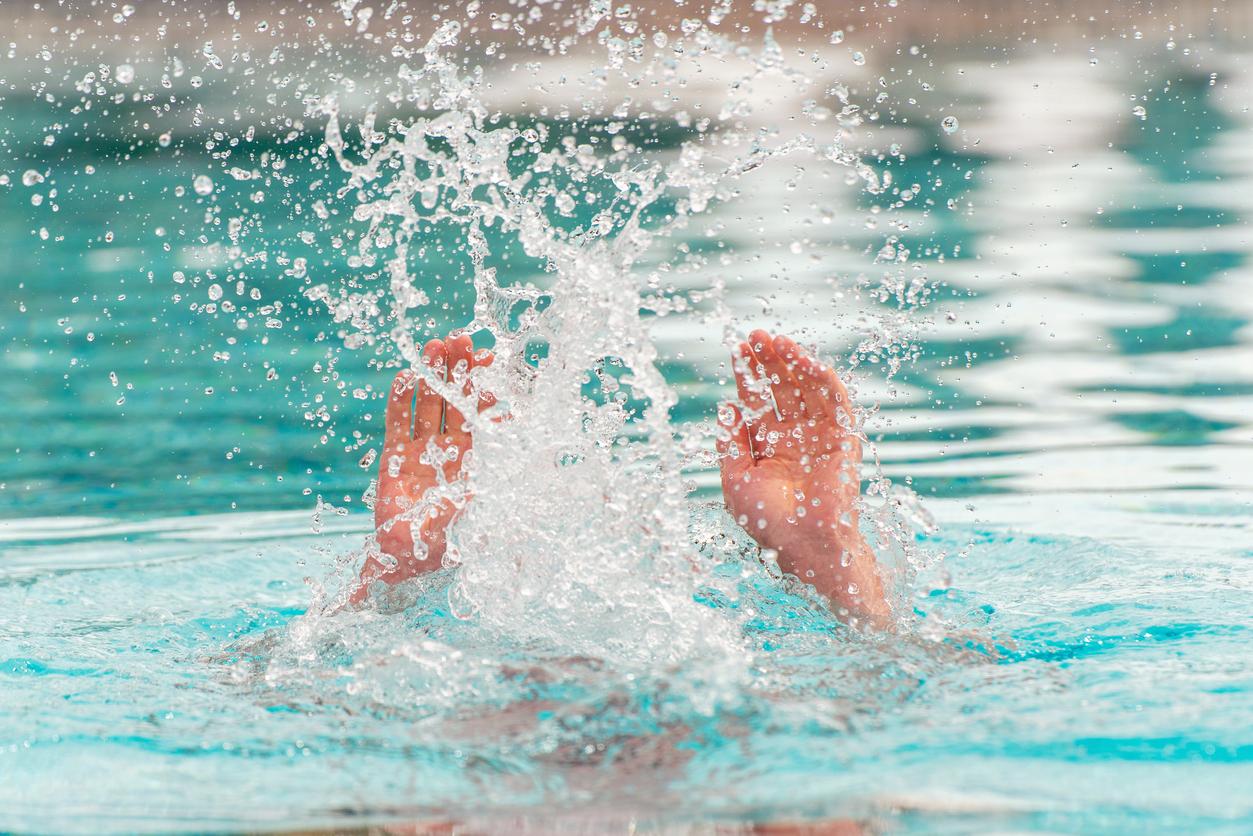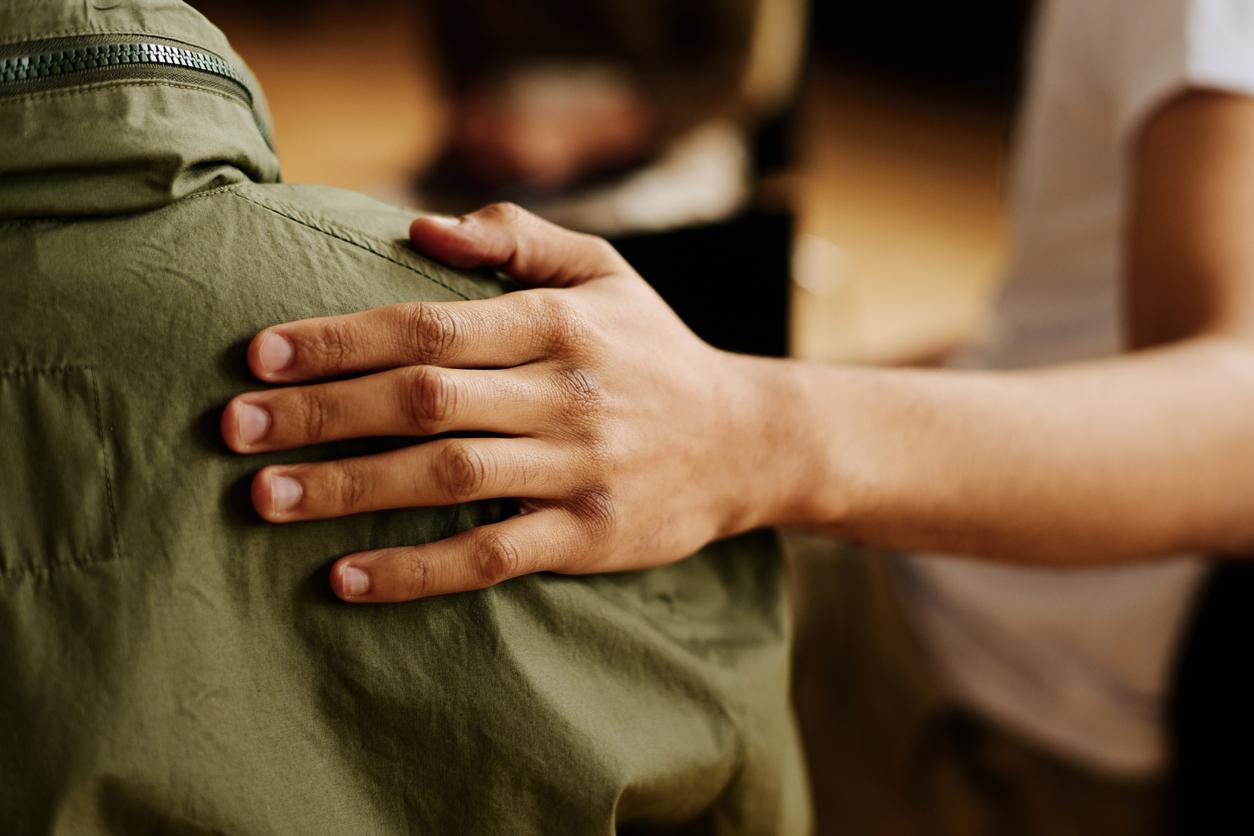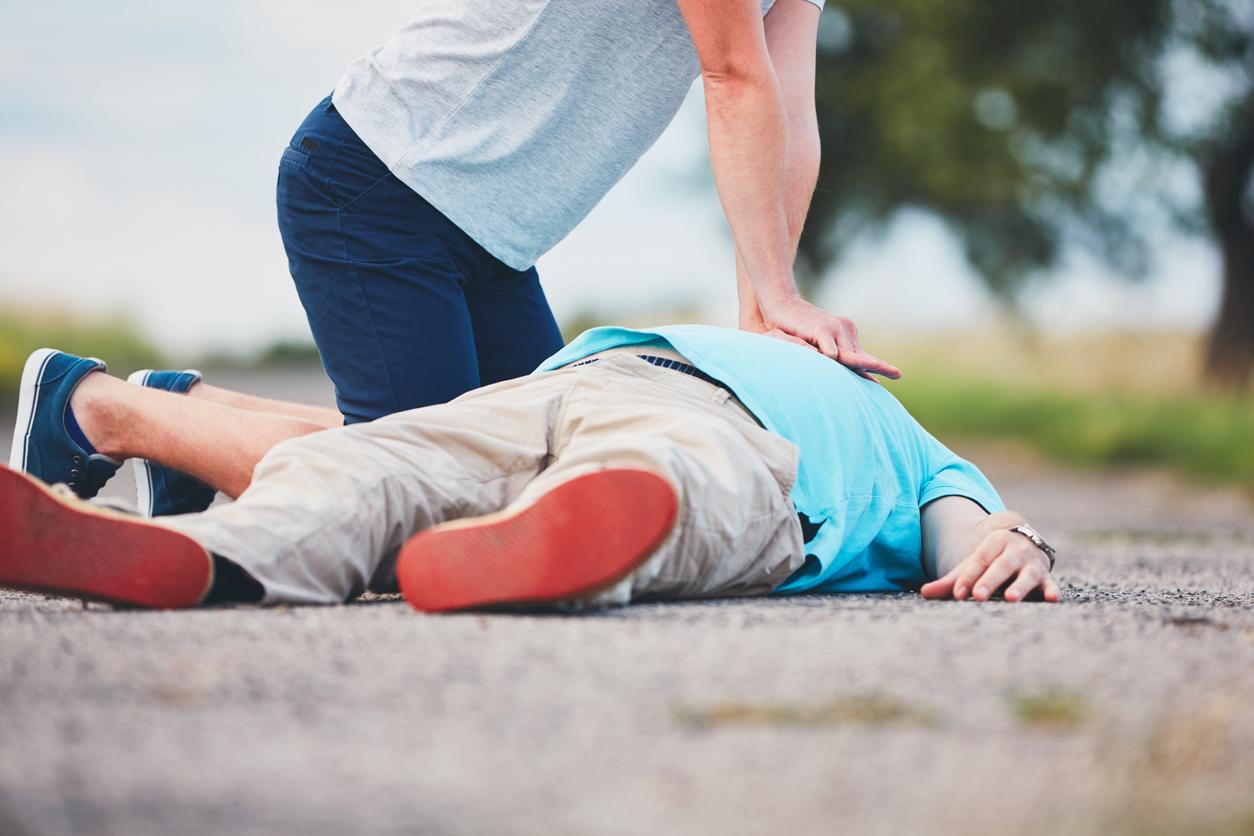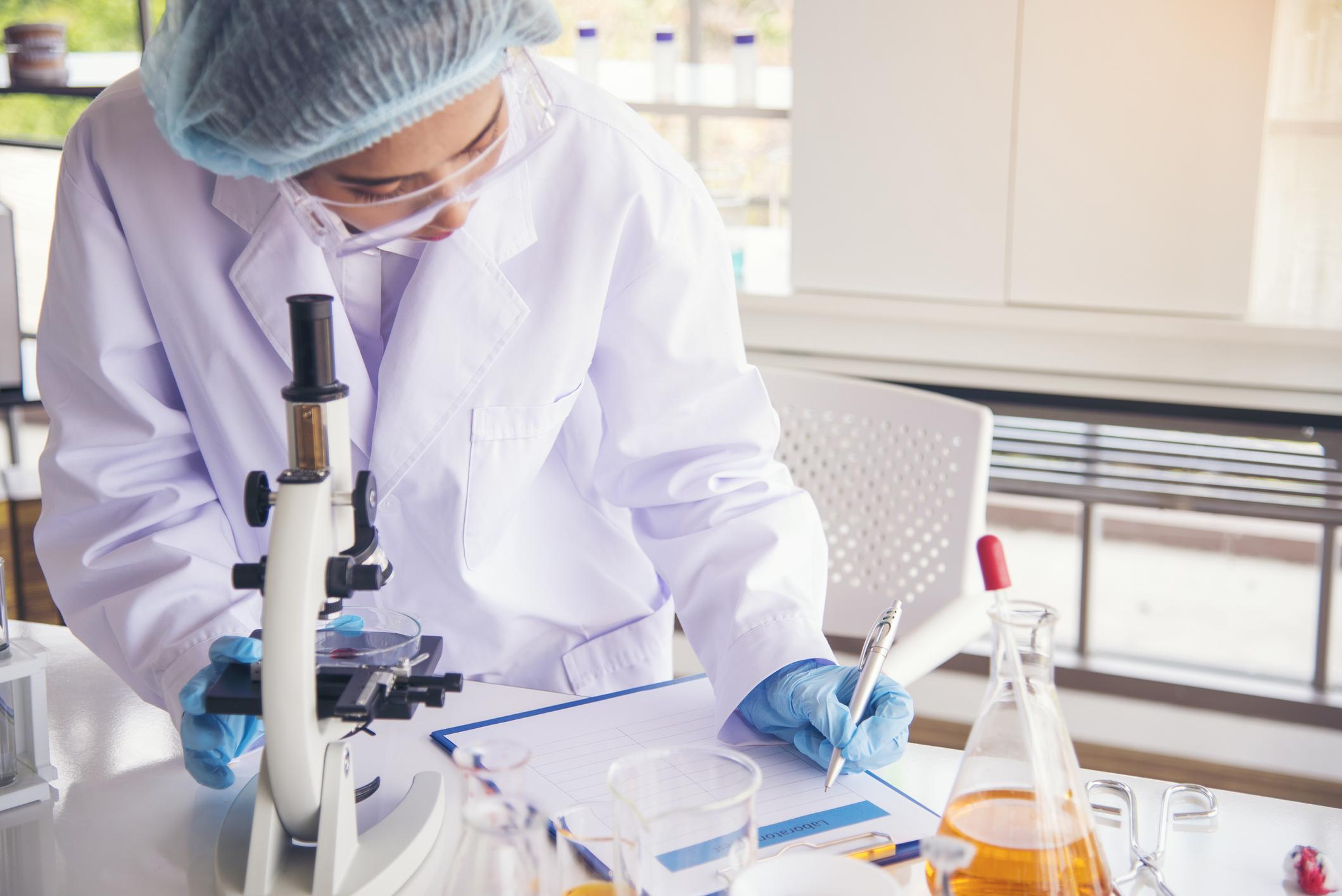The Helper drone will accompany rescuers on the beaches of Biscarrosse this summer. Piloted by a rescuer, he can throw a buoy at the victim.
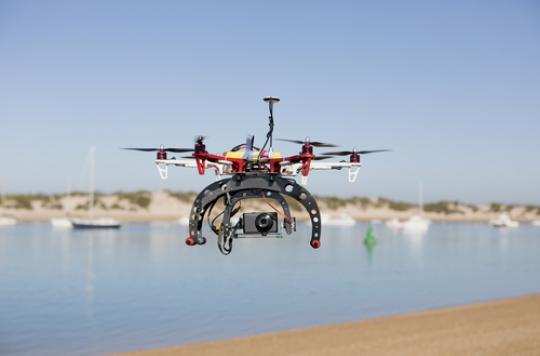
Life-size video games, mapping aid, pizza delivery man, drones keep finding new applications. The latest: assisting rescuers at sea. Helper (Human Environment and Life Protect Emergency) will join the beaches of Biscarrosse in the Landes from July 20 to August 22. This drone flies at 80 km / h and can reach the drowning person in a few minutes and throw a lifeline at them. “During the tests, Helper arrived one minute before the lifeguard (MNS)”, confides the emergency doctor Fabien Farge to the Figaro.
Embedded technology
However, the machine is not intended to replace rescuers. Piloted by an MNS, it has a range of 300 meters. Its thermal camera gives rescue teams valuable information on the victim’s condition. It will always take a rescuer to get the person back to the sand, but the GPS tag can precisely locate the drowning person and reach them faster.
Small originality far from coquetry: Helper is pink. Not to keep up with fashion, but simply because this color is the most visible to the human eye. What to be easily spotted by a disoriented victim for example. The drone also has to find the swimmer quickly, and that could be one of its weak points. Indeed, it is impossible for the machine’s camera to detect a person underwater. What if the victim is floating but is unconscious? Dropping a buoy would not help.
Weak point: the weather
Jean-Michel Lapoux, secretary general of the Federation of lifeguards, also wonders about the performance of the device in bad weather on a daily basis. A too strong wind would prevent the drone from reaching its target, for example. If the swell is too strong, as is common on the beaches of the Atlantic Ocean, the machine could even fall into the water. A pitfall to be avoided at all costs for aid that costs between 18,000 and 20,000 euros.
A first full-scale test will take place this Friday, August 8. The conclusions on the effectiveness and reliability of the device will be taken at the end of August after the testing phase. If successful, Helper could perform other tasks, such as monitoring oil spills.
.








